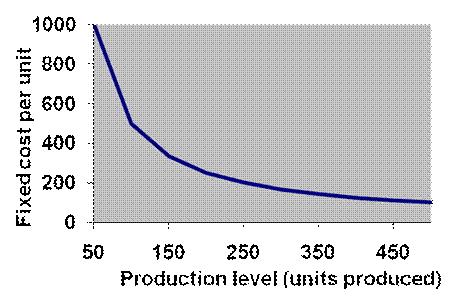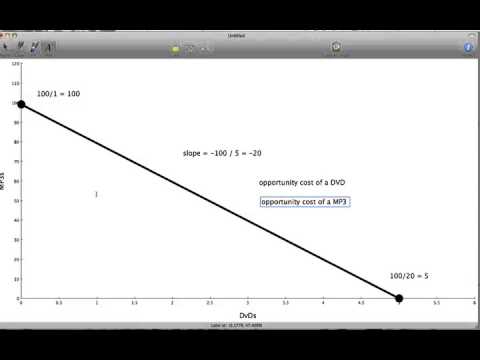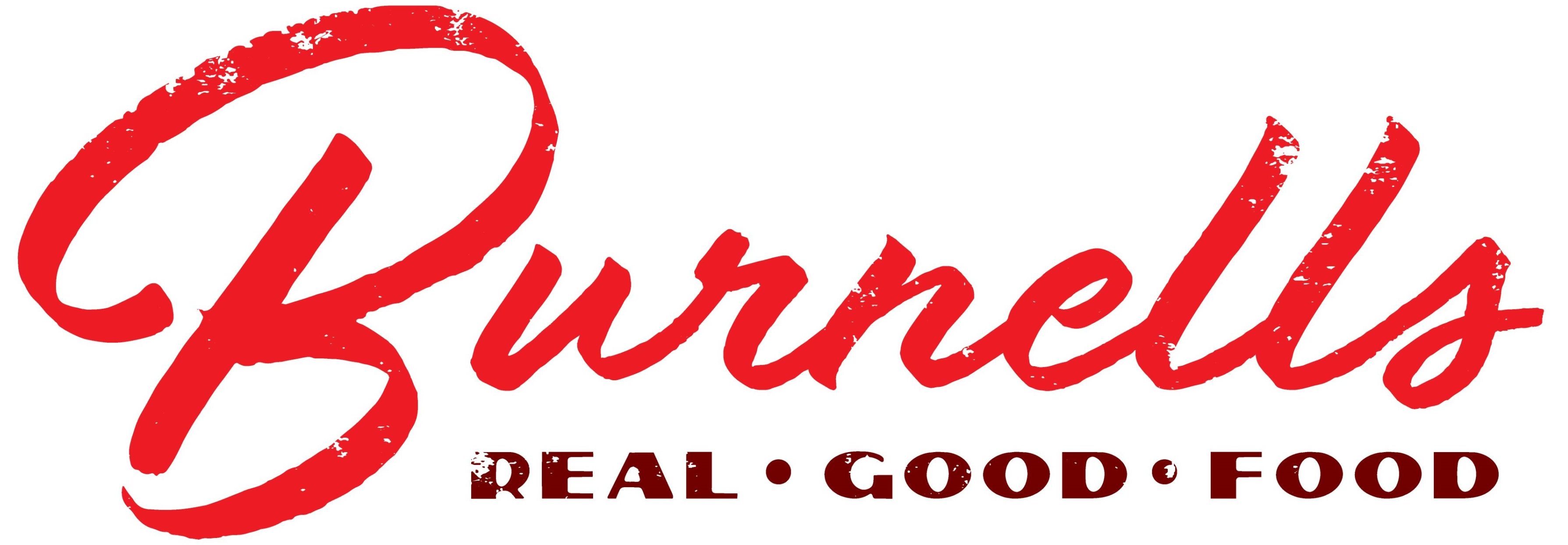Content

Also, the value of inventory is not guaranteed, meaning there’s no certainty in the amount that’ll be received for liquidating the inventory. It may be inefficient to sit on these resources instead of deploying them for company growth or rewarding investors with dividends. The creditworthiness of the government agency must be considered when evaluating the risk of the bond.

Also, if we look at Colgate’s short-term and long-term investments, they are pretty much nonexistent. So, most likely, we can deduct from the above that Colgate is not looking to pursue any major acquisition strategy. When a company is not using its cash balance, it may invest its cash in low-risk liquid securities to generate interest income. Therefore very liquid securities are sometimes called cash equivalents.
Financial Instruments
Analysts can also estimate whether it is good to invest in a particular company through its ability to generate cash and cash equivalents since it reflects how a company is able to pay its bills throughout a short period of time. Companies with large amounts of cash and cash equivalents are primary targets of bigger companies who are planning to acquire smaller companies. A company may report prepaid assets as part of its current asset section. However, because there is risk that a refund cannot be processed timely or there may be only a partial return of funds, prepaid assets are not considered cash equivalents. Cash and cash equivalents help companies with their working capital needs since these liquid assets are used to pay off current liabilities, which are short-term debts and bills. GAAP allows this financial statement presentation because some investments are so liquid and risk adverse that they are considered cash.
Arrow Reports $48.8 million in Net Income, Record Loan Growth of … – PR Newswire
Arrow Reports $48.8 million in Net Income, Record Loan Growth of ….
Posted: Mon, 30 Jan 2023 12:55:00 GMT [source]
Financing activities are activities that result in changes in the size and composition of the contributed equity and borrowings of the entity. Question FSP 6-3 addresses the presentation of a change in the classification of a money market fund. Cash equivalents can be reported at their fair value, together with cash on the balance sheet. Fair value will be their cost at acquisition plus accrued interest to the date of the balance sheet.
Example of Cash Equivalents
Cash inflow is the movement of cash into a business, sourced from activities such as payments received from customers; this cash is used to make payments or reinvest into the business which is known as cash outflow. A positive cash flow is desired because it indicates that there is cash available for the business to conduct its operations, investments, and other financial activities. Businesses add the total value of cash on hand and the total value of cash equivalents to obtain Cash and Cash Equivalents. CCE is represented as the top line item on a company’s Balance Sheet, because they are the most liquid, or readily usable form of asset a company has. Cash is a key indicator of business health, indicating a company’s ability to meet its operating obligations including paying any short-term debt.
- Current Assets is an account on a balance sheet that represents the value of all assets that could be converted into cash within one year.
- This is because the bank can turn presented checks into legal liabilities without further action by the payor.
- Even though the financial statements say, “Cash,” that number is really a summary of all the demand deposit accounts, such as business checking, payroll, and maybe some tiny petty cash accounts.
- It is generally available in a company’s balance sheet under the current asset section with the same name as cash and cash equivalent, and only the overall value is present.
- Third, the business can borrow money from banks, financial institutions, and other lenders.
- Cash and cash equivalents are the most liquid current assets on a company’s balance sheet.
INVESTMENT BANKING RESOURCESLearn the foundation of Investment banking, financial modeling, valuations https://online-accounting.net/ and more. ] is £100,000 and this form of borrowing is not suitable for certain “entities”.
Cash Balance Formula
The evaluation of the classification is based upon the facts and circumstances at each individual reporting period. Maintaining adequate cash records, including Cash and Cash Equivalents petty cash and the preparation of regular bank reconciliations. It is better to convert the currency to the reporting currency for financial reporting.
- In that case, changes in the overdraft would be classified as financing activities in the statement of cash flows and the overdraft would be presented as debt on the balance sheet.
- The purchase price included $768 million of cash and cash equivalents.
- A note provides the breakup of the overall sum at the end of the financial statement.
- A business with a large amount of cash is in a better position to weather unexpected expenses or take advantage of opportunities as they arise.
- Whether a company is holding cash or cash equivalents, these products may protect a company during inclement periods of business or stretches of broad market uncertainty.
- Certificate of deposits are agreements with a financial institution to provide the bank access to your capital for a specific period.
High cash reserves can also indicate that the company is not effective at deploying its CCE resources, whereas for big companies it might be a sign of preparation for substantial purchases. The opportunity cost of saving up CCE is the return on equity that company could earn by investing in a new product or service or expansion of business. A company’s combined cash or cash equivalents is always shown on the top line of the balance sheet since these assets are the mostliquid assets.
